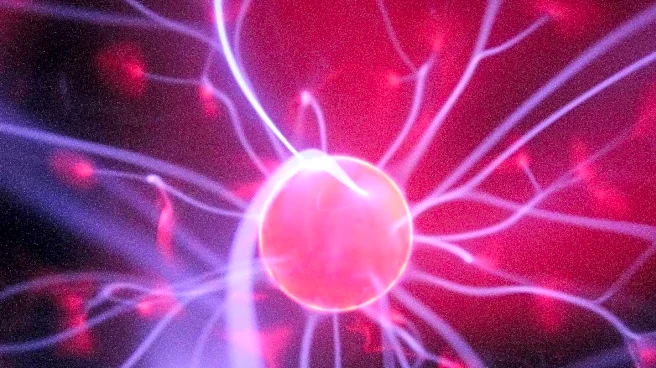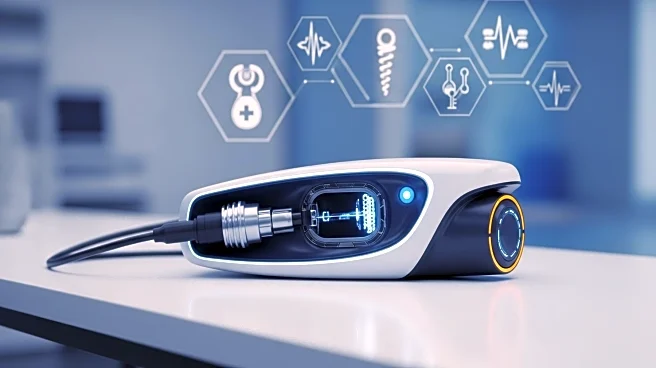What is the story about?
What's Happening?
Recent research has uncovered a surprising physical response in adults when they hear a baby cry. The study found that hearing an infant in distress activates the autonomic nervous system, leading to an increase in facial temperature. This response is linked to the chaotic, disharmonious sounds produced by babies when they cry, known as nonlinear phenomena (NLP). The study involved 41 men and women with little to no experience in infant care, who listened to 23 different recordings of baby cries. As they listened, a thermal infrared camera tracked changes in their facial temperature. The results showed that facial temperatures rose, particularly when the cries contained higher levels of NLP, indicating more distress. The study highlights the unconscious ways humans respond to infants, although it notes limitations such as the participants' lack of experience with babies and the use of natural recordings rather than controlled sounds.
Why It's Important?
This study provides insight into the innate human response to infant distress signals, which could have significant implications for understanding caregiver-infant interactions. By identifying the physical reactions to baby cries, the research could help in developing methods to better train caregivers and parents in responding to infants' needs. This understanding might also assist in identifying individuals who are naturally more attuned to infant distress, potentially improving childcare practices. Furthermore, the findings could lead to advancements in technology that help new parents interpret their baby's cries more effectively, enhancing the overall caregiving experience.
What's Next?
Future research could explore how these findings apply to parents and professional caregivers, who may have different responses due to their experience with infants. Additionally, further studies might aim to isolate specific elements of baby cries that trigger particular responses, providing a more detailed understanding of the mechanisms behind these reactions. This could lead to the development of new tools or training programs for caregivers, enhancing their ability to respond to infants' needs.
AI Generated Content
Do you find this article useful?













